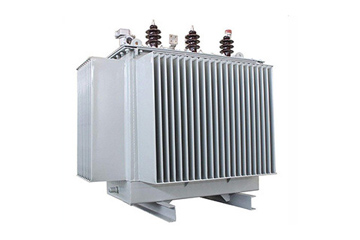With the acceleration of global energy transformation, the installed capacity of photovoltaic power generation has increased by more than 20% annually on average. However, low efficiency in electric energy distribution still restricts the system revenue. Traditional distribution boxes cause line losses or fault shutdowns due to problems such as redundant design and poor compatibility. In severe cases, fires or grid instability may trigger, resulting in losses of thousands or even millions of dollars. The photovoltaic combiner box optimizes the circuit topology and precisely matches the load, reducing transmission losses and improving system reliability, and ensures the efficient distribution of electric energy.
The photovoltaic combiner box centrally collects the currents of multiple photovoltaic components and reduces line losses through reasonable distribution. Its interior contains low voltage components such as fuses, circuit breakers, and lightning protectors to ensure the balanced current of each branch and avoid local overload. When purchasing, customers should pay attention to the protection level (above IP65), heat dissipation design (such as aluminum alloy heat sinks), and modular expansion capacity to meet the needs of different installation environments.
Why does the electric energy distribution efficiency directly affect the revenue of the photovoltaic system?
Photovoltaic power stations take more than 10 years to pay back the investment. For every 1% increase in electric energy distribution efficiency, the annual power generation increases by about 3%-5%. However, traditional combiner boxes cause the problem of current imbalance, due to the lack of reasonable branch design, which results in the idling or overload damage of some components. The combiner box optimizes the system efficiency, and shortens the investment return cycle by adjusting the number and specification matching of branches (such as selecting the appropriate line diameter according to the component power).
What factors should be considered for the shell of the combiner box when purchasing?
In industrial scenarios, the durability of the combiner box shell directly determines the service life of the equipment. Inferior shells are easily corroded by ultraviolet rays, deformed by high temperature or damaged by mechanical impact, resulting in the risk of exposure of internal components. The maintenance cost may exceed the cost of the equipment itself. High protection level (such as IP67) and flame retardant materials (such as V0 grade PC) are key indicators. In addition, the shell needs to have a heat dissipation and drainage groove design to avoid excessive internal temperature rise, and provide convenient installation interfaces to meet the needs of different installation environments.

Resumen
As the basic equipment for electric energy distribution, the core value of the photovoltaic combiner box lies in ensuring the system stability, through reasonable electrical design and physical protection. The following points should be focused on when choosing:
Circuit optimization ability: Whether the branch configuration matches the component power and whether the line diameter selection reduces losses;
Environmental adaptability: Whether the protection level, heat dissipation design and material weather resistance meet the requirements of the installation scenario.



